The Deck of Cards
The Deck of Cards by Andrew Jones Art, 1979.
“The Deck of Cards” collaborative deck commissioned by the JPL Gallery of London, published by Andrew Jones Art, 1979. Not necessarily easy to play with, but according to the Royal Academy of Arts:
“In 1976 the JPL Gallery in London asked fifty four British artists to create their version of a playing card. Each artist was given the task to create a specific card from the pack; plus an artist to create the reverse pattern for the entire deck and an artwork for the pack itself. When collector Andrew Jones saw the show he purchased the entire collection and approached artists with the request to create an actual pack of cards from their artworks. The cards were then then sold in a range of outlets including gallery shops such as the RA. Some of the best known British artists from the 20th century were involved with this project including many RAs.”
See the Extra Card► See the Box►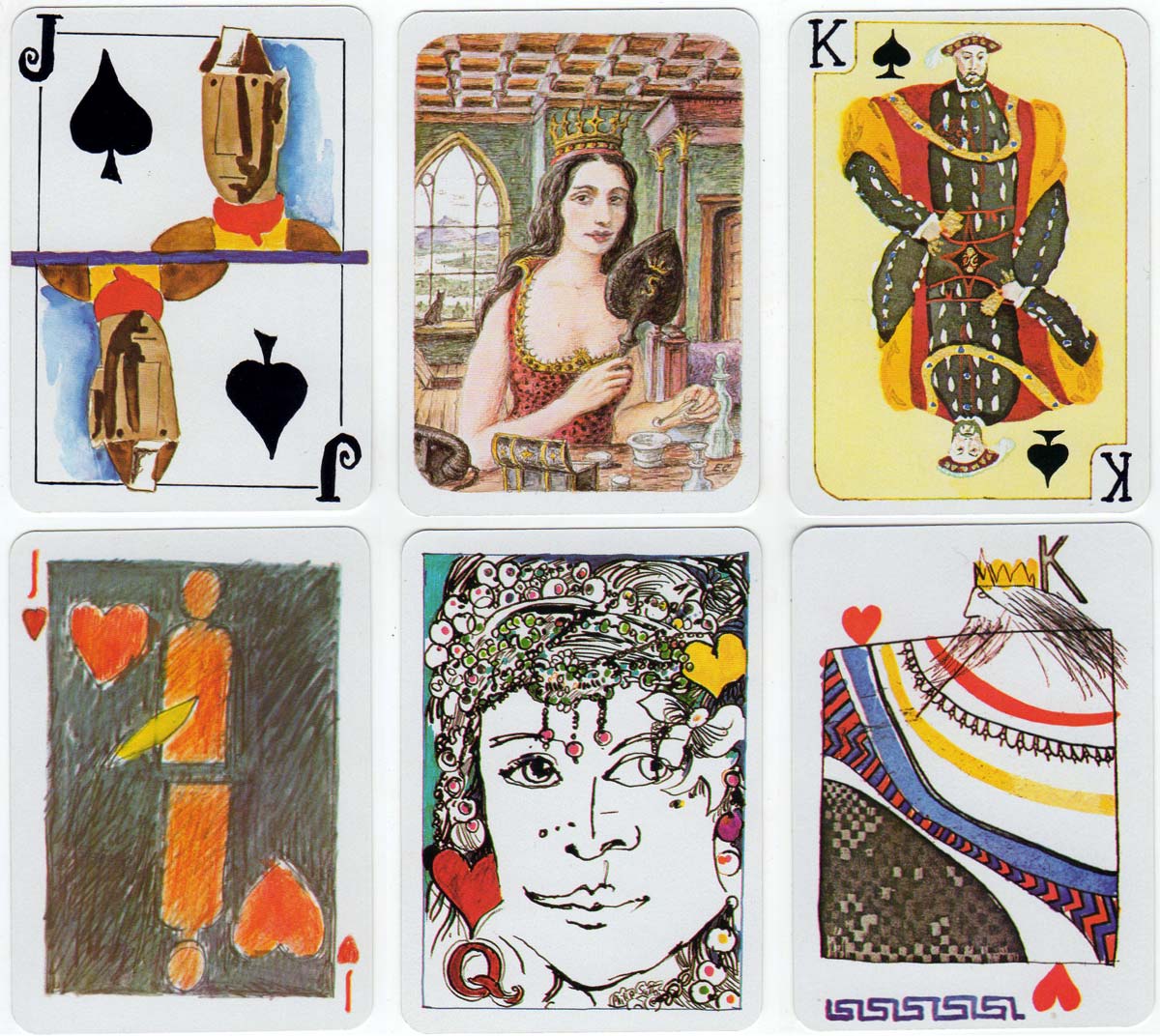
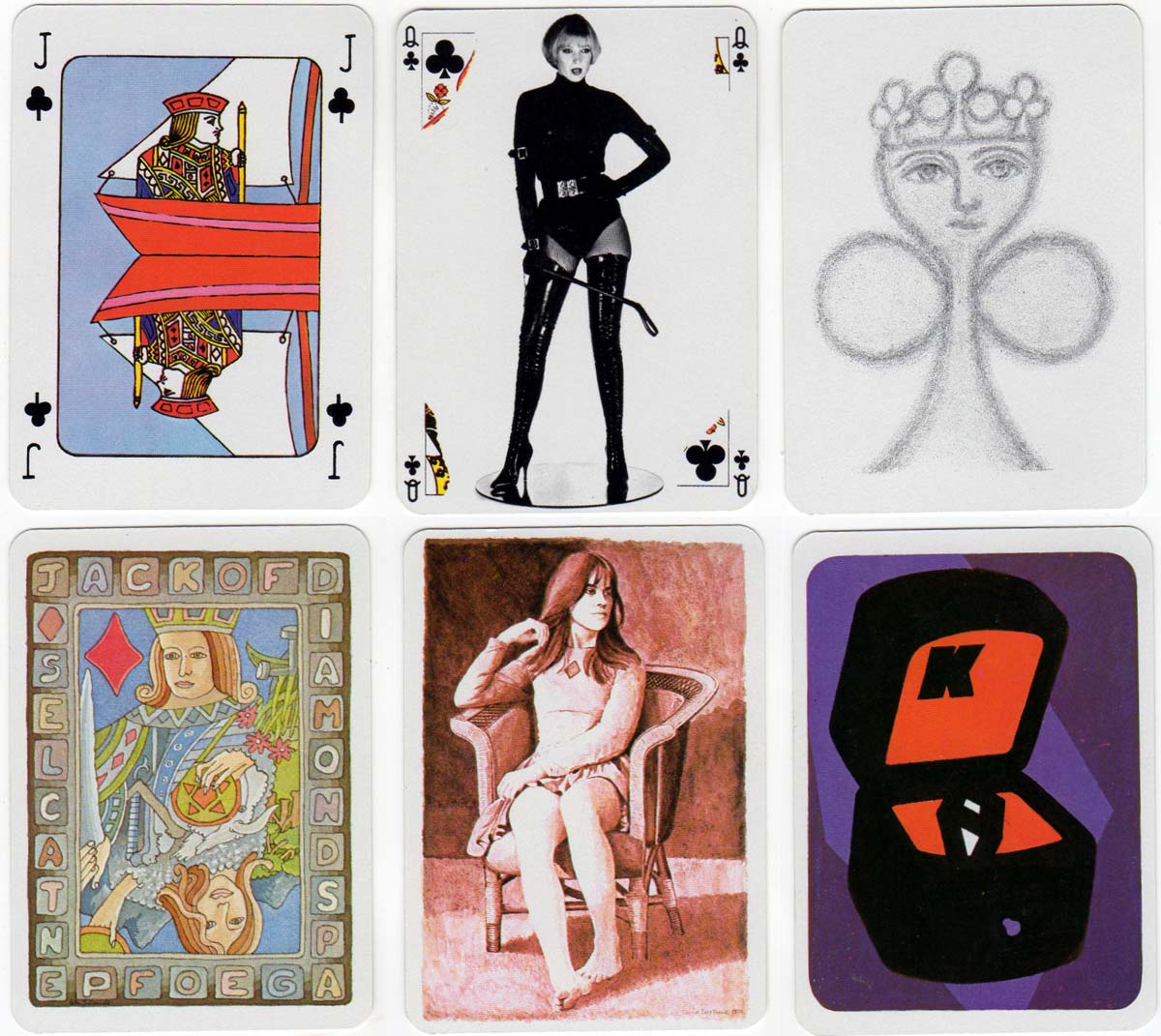
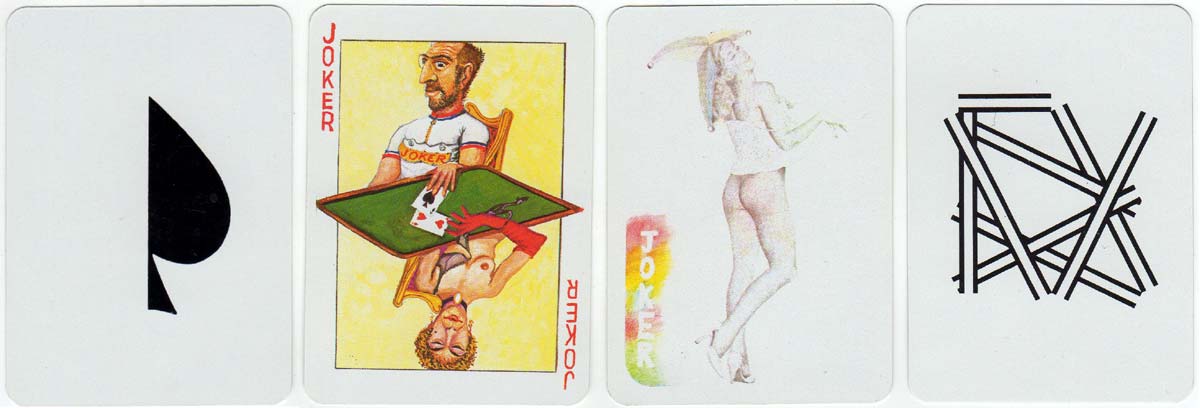
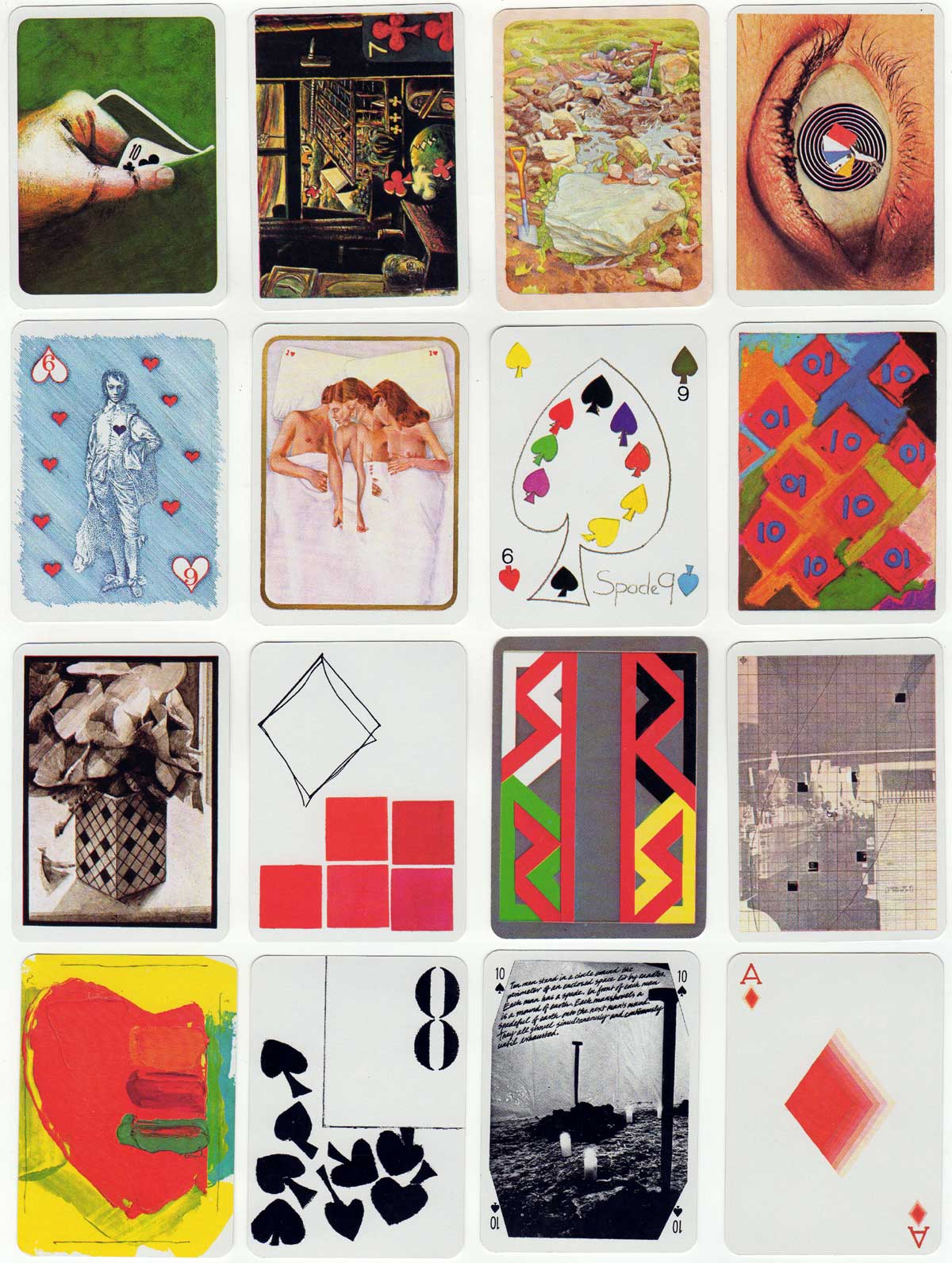
Above: The Deck of Cards collaborative deck published by Andrew Jones Art, printed by Carta Mundi, 1979.
Addendum - courtesy Roddy Somerville.
There are many different editions of this pack. These can be identified according to the type of box used, the name of the publisher and the colour of some of the text on the title card.
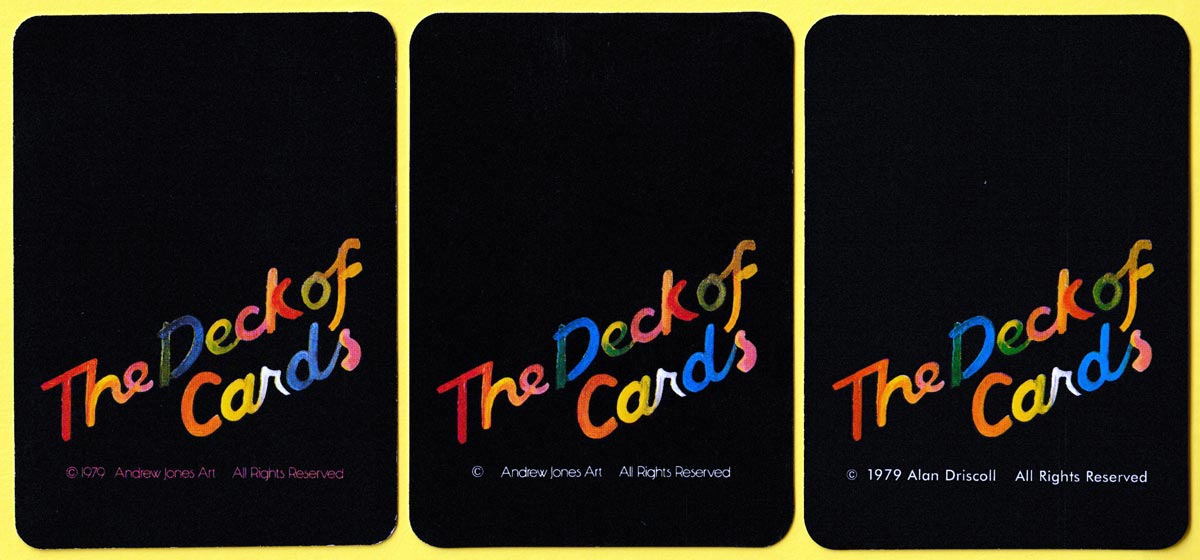
Above: title cards for 1st edition, tuck box (Andrew Jones, no date) and tuck box (Alan Driscoll) editions (click to zoom).
The first edition consisted of a numbered edition of 10,000 packs – a not inconsiderable print run for a non-standard, ‘unplayable’ set – in a hard box. The bottom line of text on the title card is in red. This was followed by an unnumbered edition in a hard box marked “HWGA”, standing for “Here we go again” (print run was probably 5,000). For the next edition, the hard box was marked “Britain” on the bottom edge. By now, the text on the title card had been changed to white. After this, the hard box was abandoned, replaced by a tuck box but still published by Andrew Jones Art, with a title card where the date “1979” has been removed. Then, in about 1990 or 1991, Andrew Jones sold the distribution rights to Alan Driscoll who continued to market the pack with his own name on the box and on the title card (with the date “1979” included again).
In total, well over 100,000 of these packs have been produced since 1979, surely making it the most successful ‘unplayable’ set ever!
As well as the playing cards, a deck of postcards and a poster were produced, using all of the designs in the pack.
Quite early on, Andrew Jones lent the original artwork to the British Council for a touring exhibition which went all over the world.
By Matt Probert
United Kingdom • Member since March 02, 2012
I have adored playing cards since before I was seven years old, and was brought up on packs of Waddington's No 1. As a child I was fascinated by the pictures of the court cards.
Over the next fifty years I was seduced by the artwork in Piatnik's packs and became a collector of playing cards.
Seeking more information about various unidentified packs I discovered the World of Playing Cards website and became an enthusiastic contributor researching and documenting different packs of cards.
I describe my self as a playing card archaeologist, using detective work to identify and date obscure packs of cards discovered in old houses, flea markets and car boot sales.

Leave a Reply
Your Name
Just nowRelated Articles
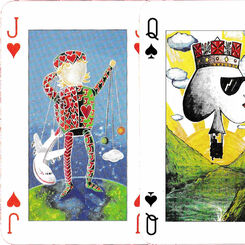
The Winning Hand
The Winning Hand playing cards with artwork from multiple artists, United Kingdom, 1993.
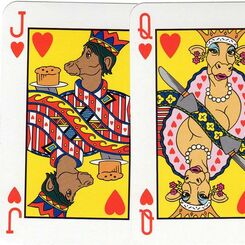
I Can’t Believe It’s Not Butter!
I Can’t Believe It’s Not Butter! promotional playing cards, 1997.
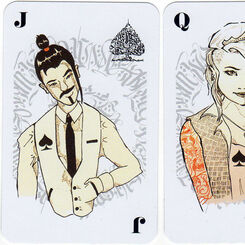
Ken McCarthy
An unknown deck by Ken McCarthy, c.2018.

Roman Empire
Roman Empire playing cards designed by G. Wyatt for Green Board Game Co Ltd.,
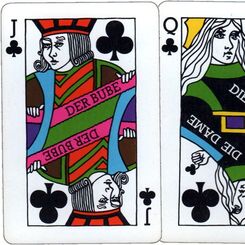
Desperanto
Desperanto language game by Qui Vive Ltd, c.1990.
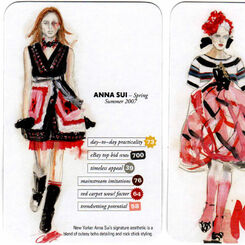
Fashion Face Off
“Fashion Face Off” card game illustrated by Erin Petson for Laurence King Publishing, c.2011.

Art for the Earth
“Art for the Earth” Transformation Deck published by Andrew Jones Art for Friends of the Earth, 1992...
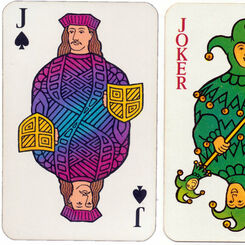
British Airways Concorde
British Airways Concorde playing cards made in Belgium by Carta Mundi, before 2003.
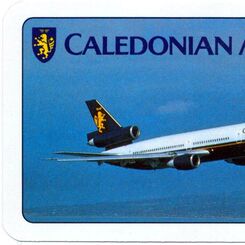
Caledonian Airways “European Phrases”
“European Phrase” playing cards produced for Caledonian Airways, 1994.
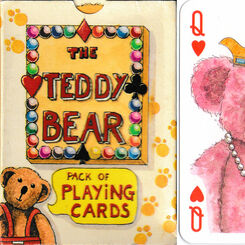
Teddy Bear Pack
The Teddy Bear pack of playing cards created by Peter Wood, 1994.
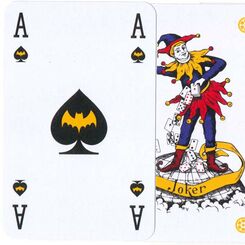
Strongbow ‘House of Horror’
‘House of Horror’ Halloween deck published by Strongbow cider, 2015.
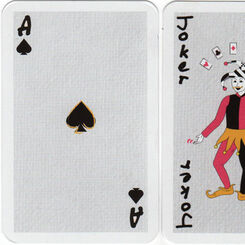
Giffgaff
Giffgaff mobile network playing cards, 2015.
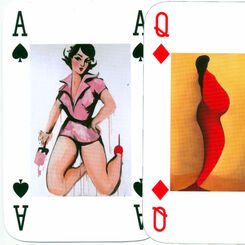
Prime Arts
Prime Arts Playing Cards were published in 2004 featuring the work of contemporary artists, illustra...
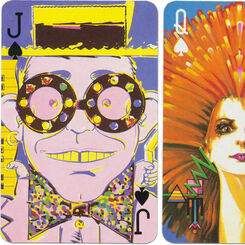
Sony Tape Rock ‘N’ Pop Playing Cards
Deck featuring “18 Rock ‘n’ Pop” Superstars portrayed on the court cards and jokers by eight of Brit...

Lock, Stock & Two Smoking Barrels
“Lock, Stock & Two Smoking Barrels” playing cards based on the cult film, 1999.
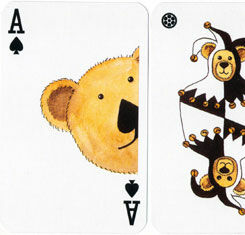
Teddy Bear
Teddy Bear playing cards designed by Peter Wood for Lyons Quickbrew Tea.

Monsters
A collective of artists known as Monster Illustration produced a deck entitled “Monsters” in 2004.
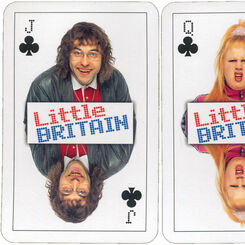
Little Britain
“Little Britain” fan deck published by the BBC in 2005.
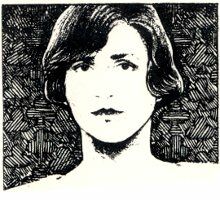
The 52 Club
The London College of Printing '52 Club' Designers and Artists playing cards, 1984.
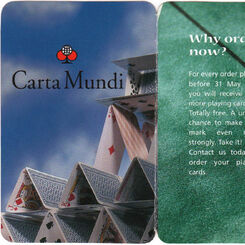
Advertising deck for Carta Mundi
Advertising deck for Carta Mundi produced by Carta Mundi, 2001
Most Popular
Our top articles from the past 60 days


 Your comment here. Your comment here. Your comment here. Your comment here. Your comment here. Your comment here. Your comment here. Your comment here. Your comment here. Your comment here. Your comment here. Your comment here. Your comment here. Your comment here. Your comment here. Your comment here. Your comment here. Your comment here. Your comment here. Your comment here. Your comment here. Your comment here. Your comment here. Your comment here. Your comment here. Your comment here. Your comment here. Your comment here. Your comment here. Your comment here. Your comment here. Your comment here.
Your comment here. Your comment here. Your comment here. Your comment here. Your comment here. Your comment here. Your comment here. Your comment here. Your comment here. Your comment here. Your comment here. Your comment here. Your comment here. Your comment here. Your comment here. Your comment here. Your comment here. Your comment here. Your comment here. Your comment here. Your comment here. Your comment here. Your comment here. Your comment here. Your comment here. Your comment here. Your comment here. Your comment here. Your comment here. Your comment here. Your comment here. Your comment here.




















